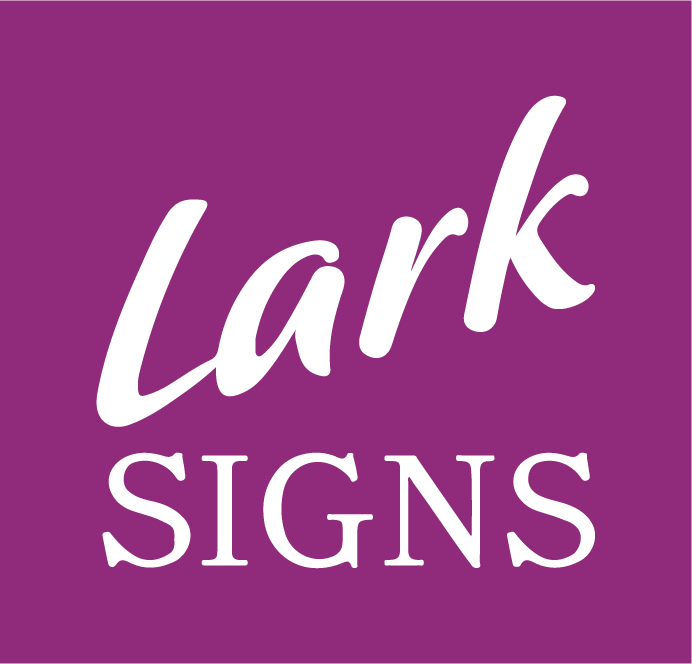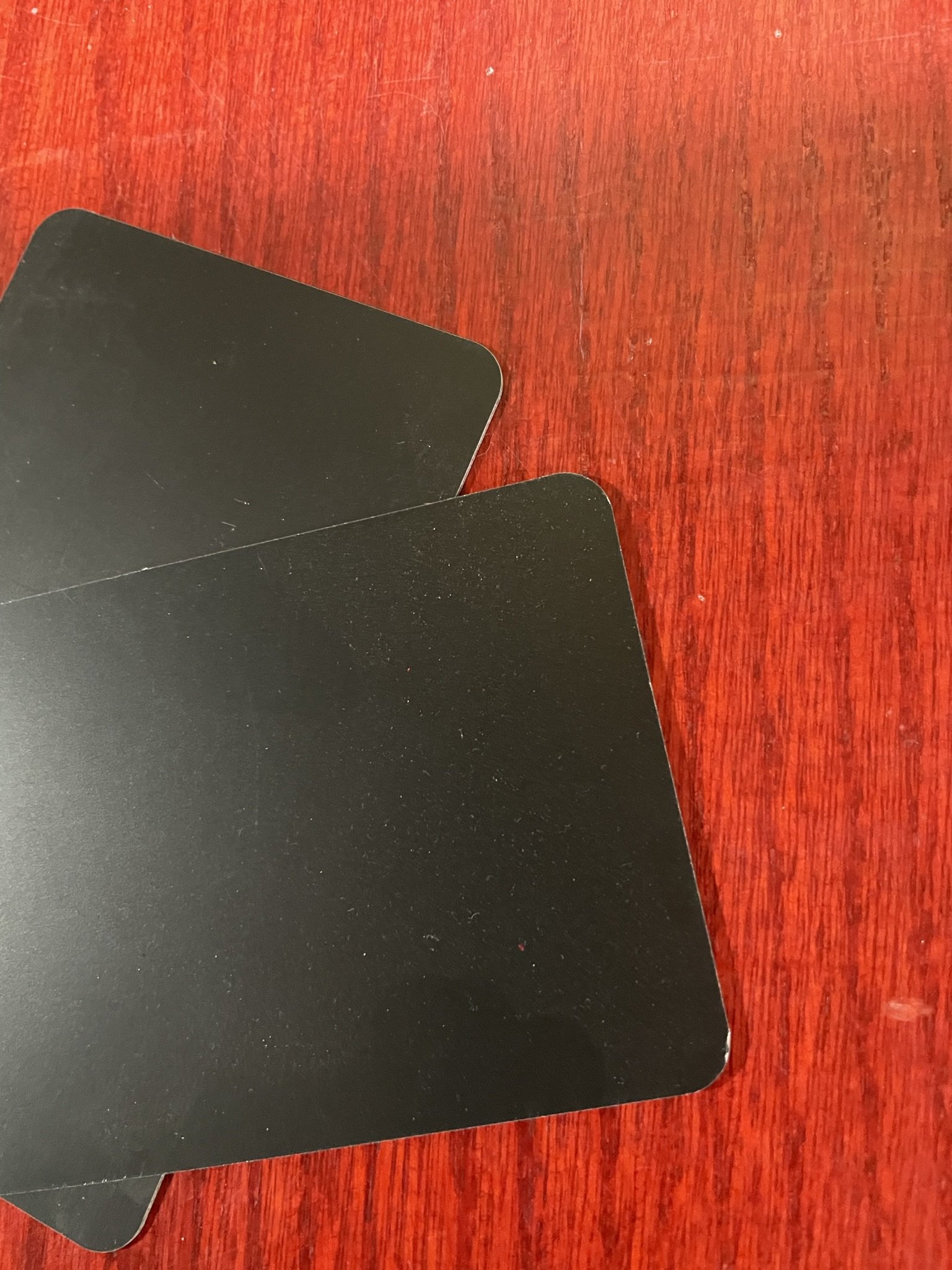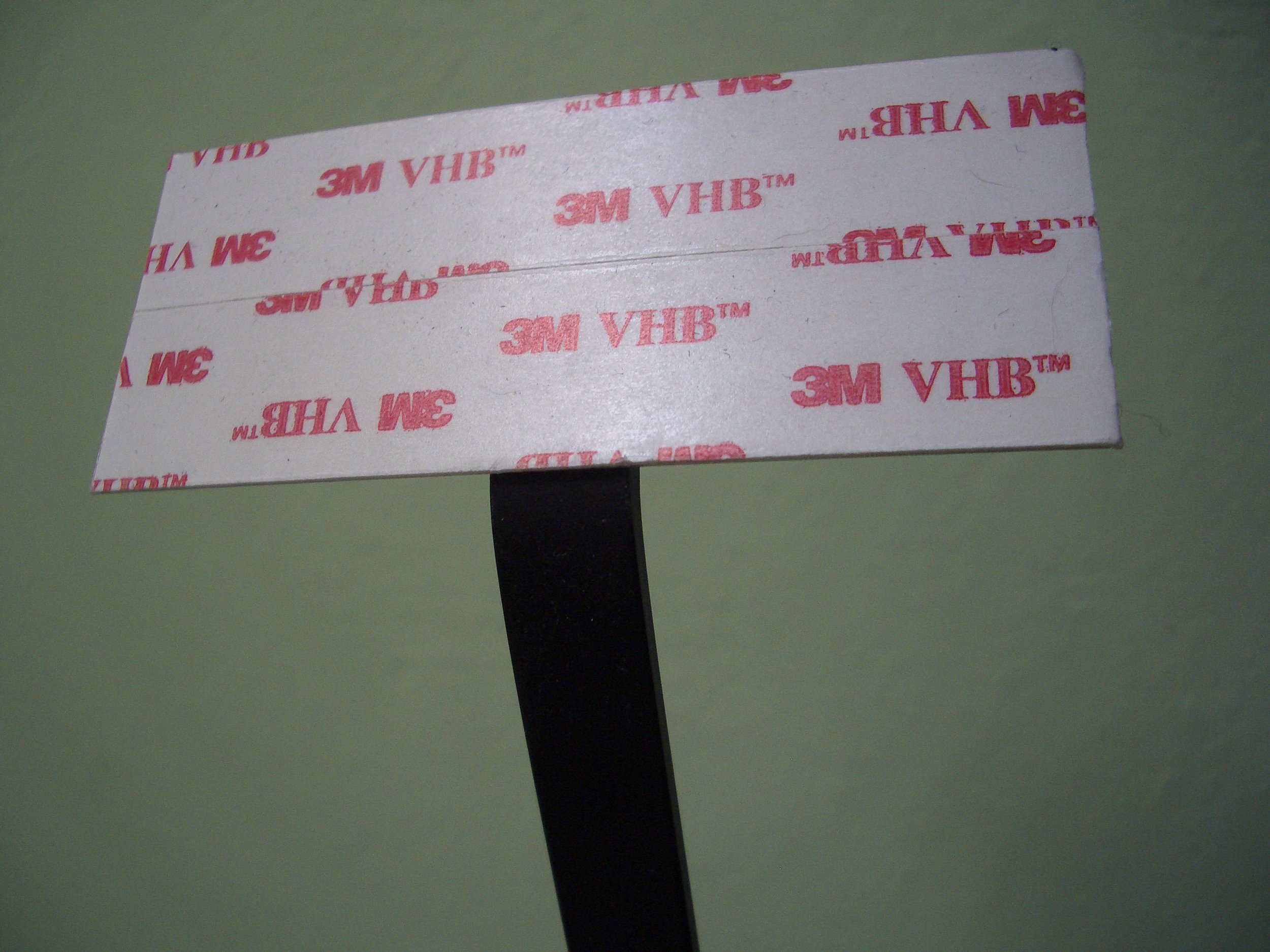Professional & Education Sign Manufacturer
You just want a great-looking, long-lasting sign that you don’t have worry about again. Our team of signsperts will help convert your thoughts, dreams, and ideas into a physical product on your site, thrilling your visitors.
This is our 25th year of making outdoor, identification, and educational signs in every state of the nation, plus a few places across the oceans. You may have noticed we have changed our name slightly to Lark Signs. While we once made only plant ID labels for botanic gardens, we now make signs for sculptures in private collections and museums and educational signs for historic sites.
Our signs are made both virtually as well physically. Your signs start with one of the office folks who create the designs and estimates. When you give your approval we create all the order paperwork necessary to image your signs. Then, the signs start to get manufactured.
The last person who touches your signs is Jerry. He runs our shop where your signs are physically fabricated, assembled, and shipped. He is a former business owner and previously worked in construction. Away from Lark Signs, he works on a 1972 El Camino and hangs out with his mother, sisters, and church family.
You might get a call out of the blue from Jana. Before Lark Signs she worked as a speech pathologist and nursing home administrator. She loves talking to existing and potential clients and is happy to visit with you. She might also even talk to you about signs.
Kathy has been involved since day one. She is a retired counselor with the state employment security agency. She is married to Karl. We are a family business, a mom and pop shop. Back when we started, it was just the two of us, and Kathy helped assemble and pack the orders. Today, she spell checks your orders, runs credit cards, and helps manage job flow.
Our next team member joined us earlier this year and does a bunch of special projects. Her husband calls her Kathy but since we already have one, we call her Kathryn. Her previous work experience includes radio stations and money managers. If you get a thank you note in the mail, she sent it.
The guy over in the corner trying to stay out of everybody’s way is Karl. He had the brainstorm that has turned into Classic Marker and all of the other signs we make. You can meet him in the trade show booth at conferences. He is constantly amazed the above people have joined in to make our great signs.
When you call or email, one of us will answer your questions and start your signs. We always like to hear about your site and what makes it special.

We weren’t the first people to make plant ID markers, but over the past 25 years, we’ve brought several innovations:
1. Laser-Imaged Nameplates
2. Rounded Corners
3. Black on Both Sides
4. 0.040-Inch Standard Thickness
(25% thicker than our competitors)
5. Ten-Year Guarantee
6. Black Anodized Stakes
7. Super Stakes
8. Safety Point
9. Stake Anchor
10. Hang-Around Mounting
11. Spectrum Full-Color Markers
12. Botanical Names Spell Checker
13. PlaStake
14. NameStakes
“The 'lightbulb moment' happened when I saw cell phone tower registration signs being etched by a laser.
They had to hold up to the weather and each plaque was unique. With my horticulture background, I knew exactly what to do with this technology. That was the start of Lark Label. It took some time perfecting the process and learning about metal, which is way different from pulling weeds.
When I was a kid, my folks had a one-acre garden with perennials and vegetables. I “helped” by pulling a few weeds (trying not to step on the good plants) and taking the flowers and produce to the fair to win 4H prizes. After I finished my degree in business and horticulture, I worked in several industry jobs: private estate groundskeeper, wholesale tree nursery, bedding plant grower, landscaping, and retail nursery work. Many years later, after exploring other industries, I came back around to horticulture when the lightbulb went off.
My favorite plant is Harry Lauder’s Walking Stick, (Corylus avellana ‘Contorta’). The one in my yard is now more than eight feet across and high.”













